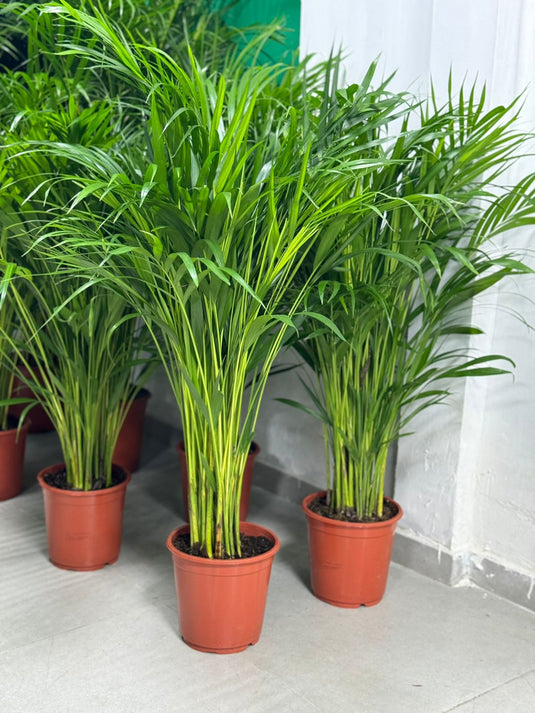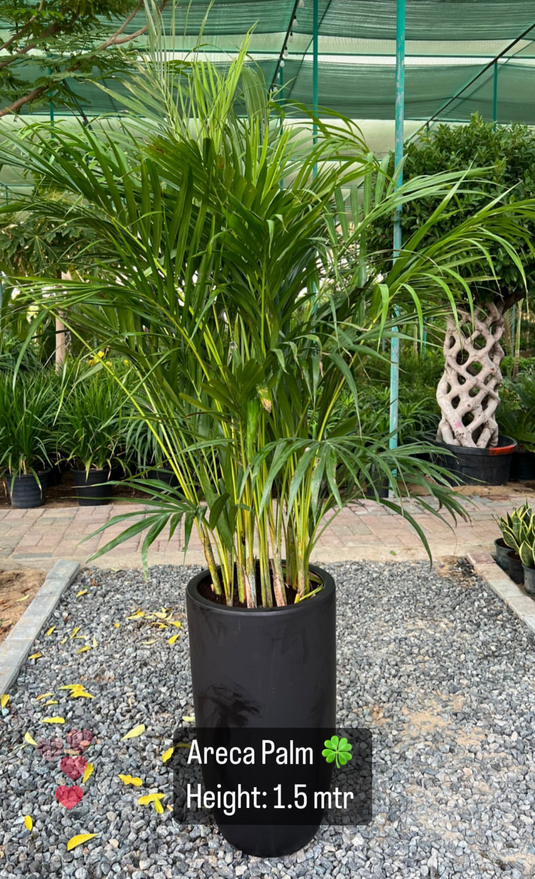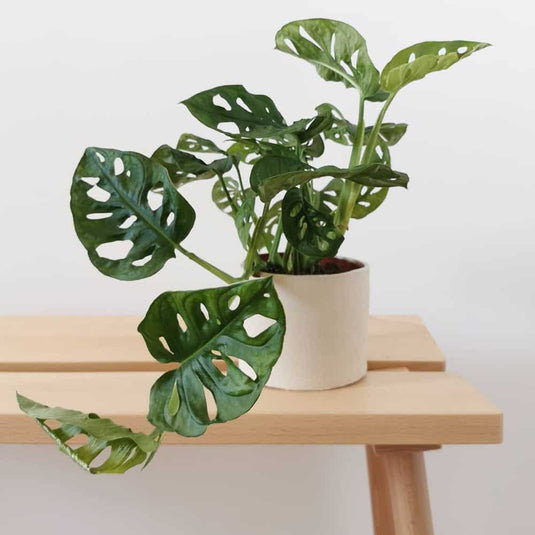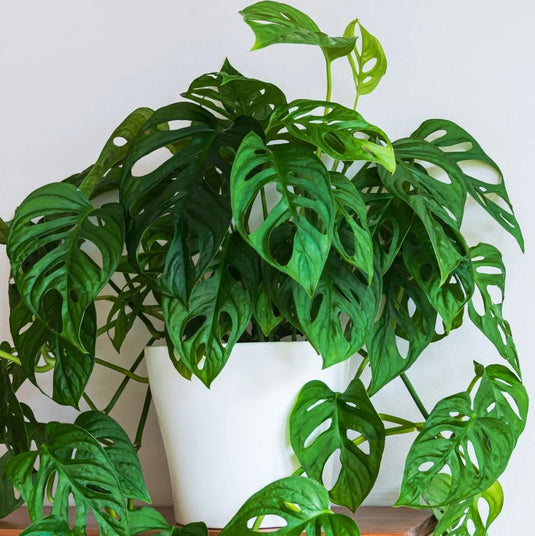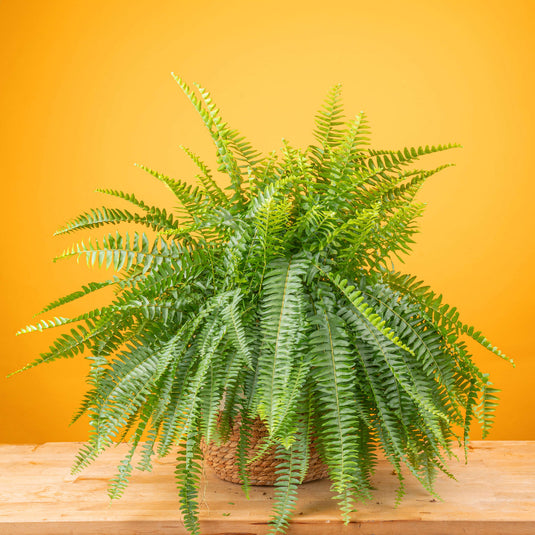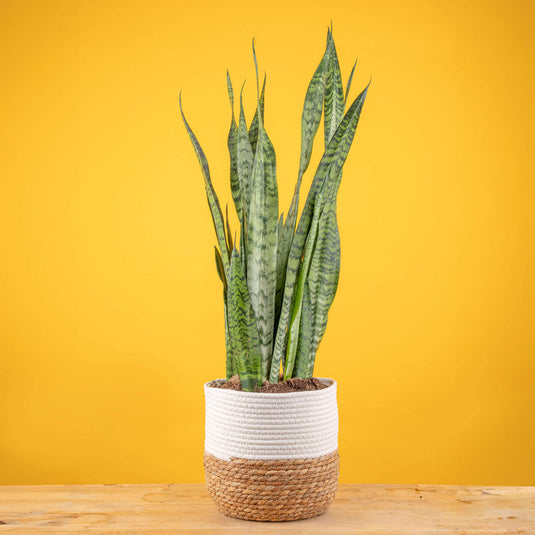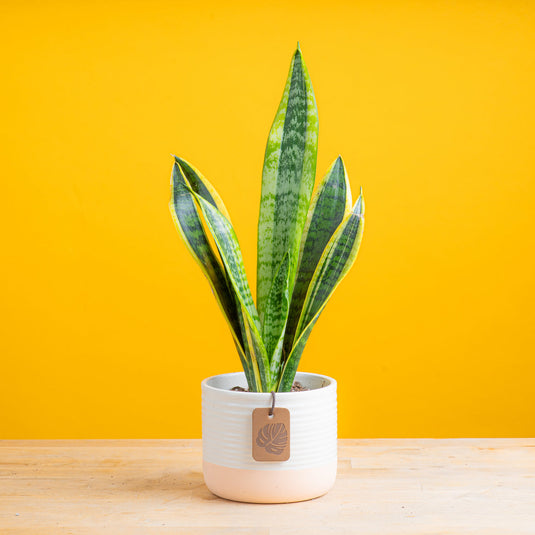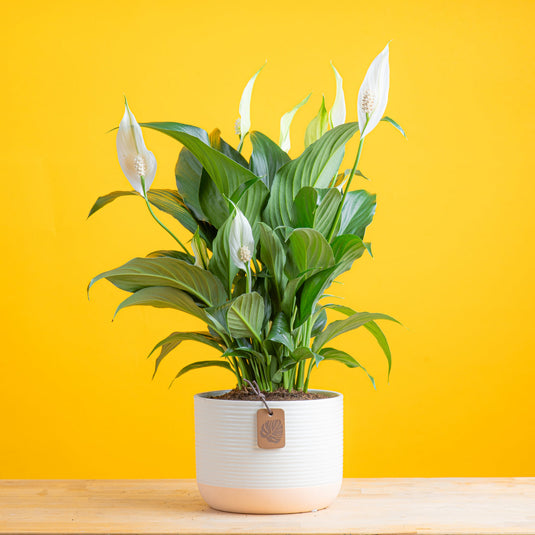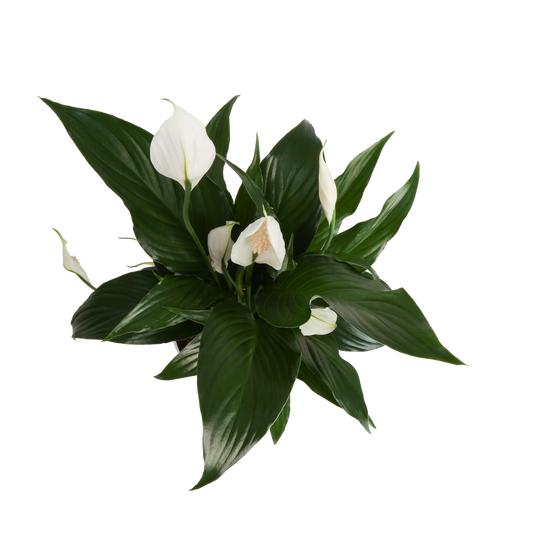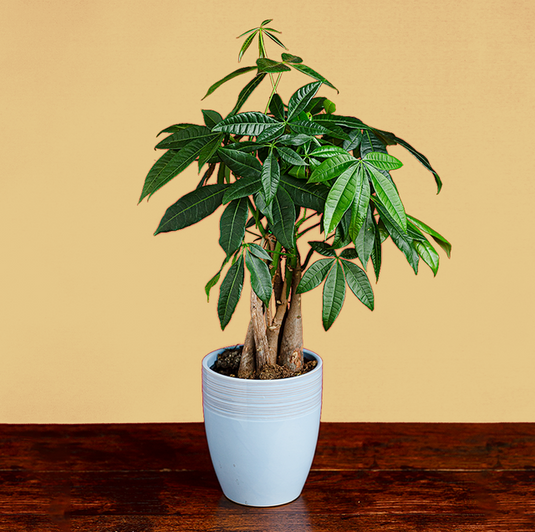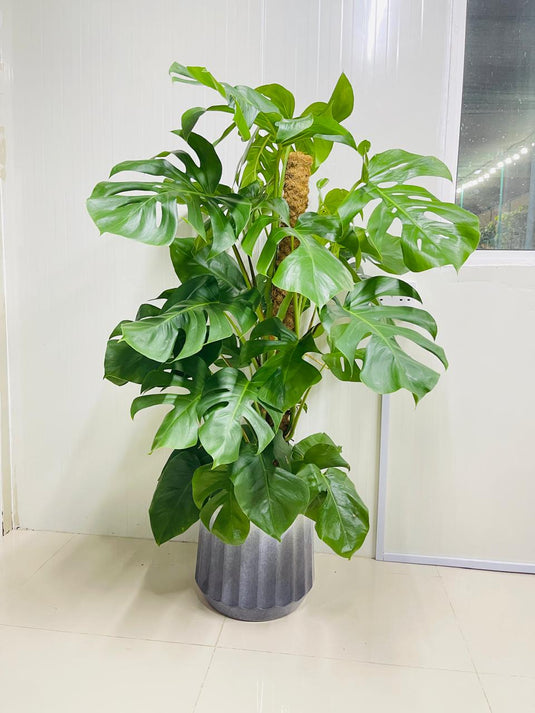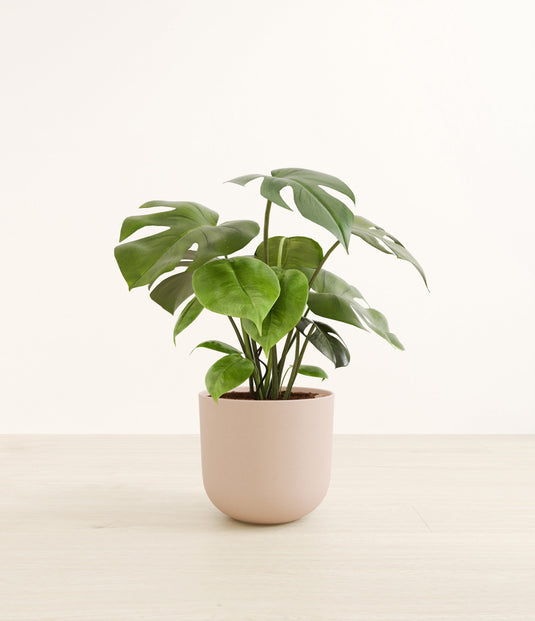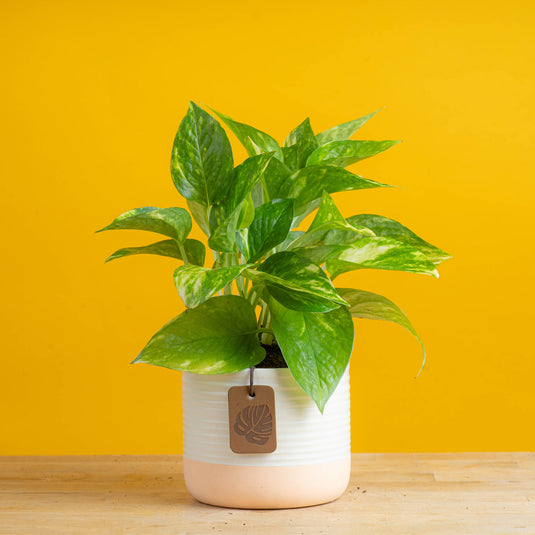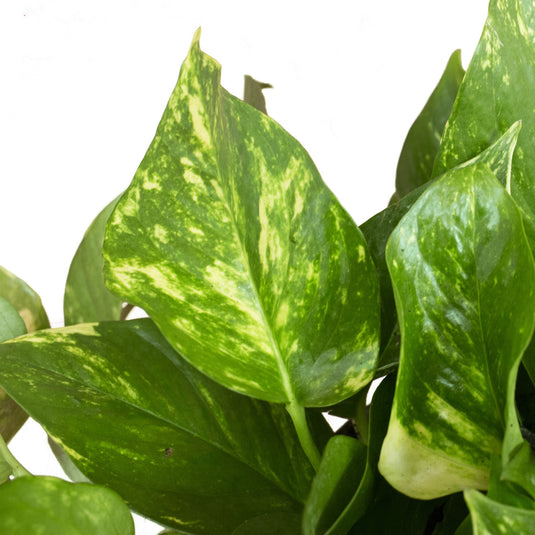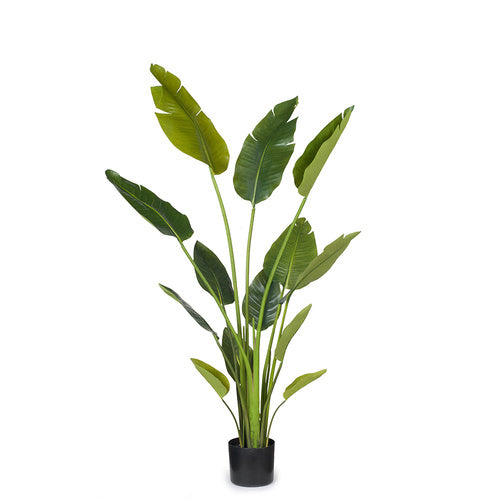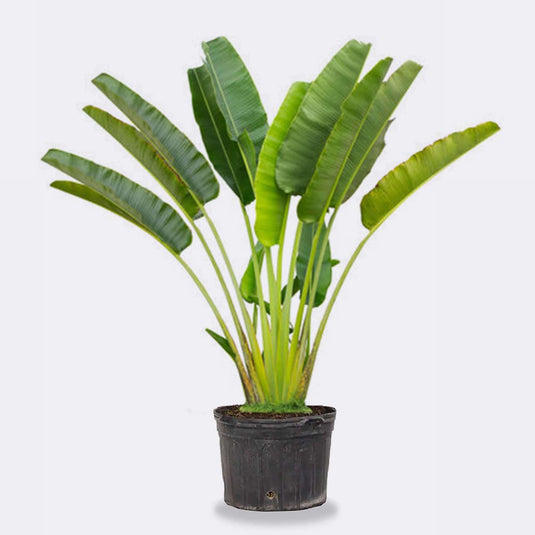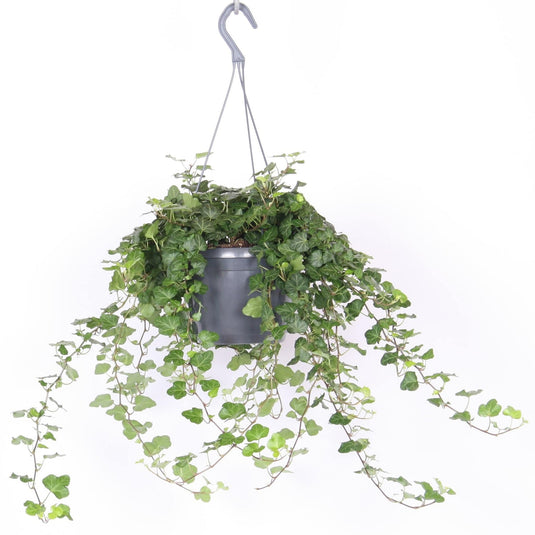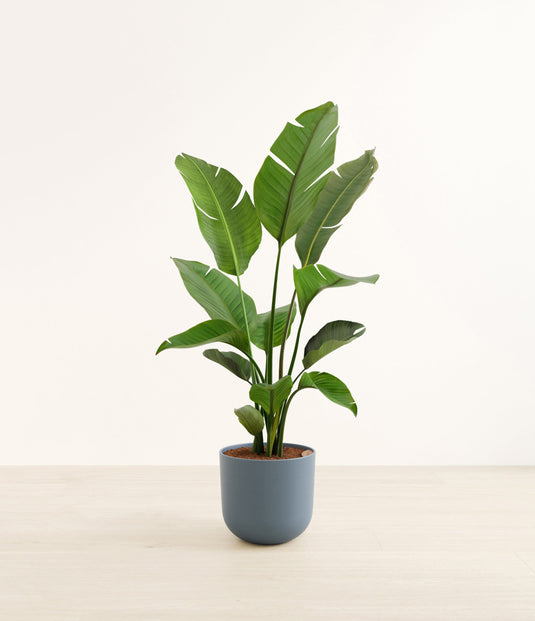Curry Leaves
- Healthy Arrival Guarantee
- Free Plant Care Consultation
- Safe & Secure Payment
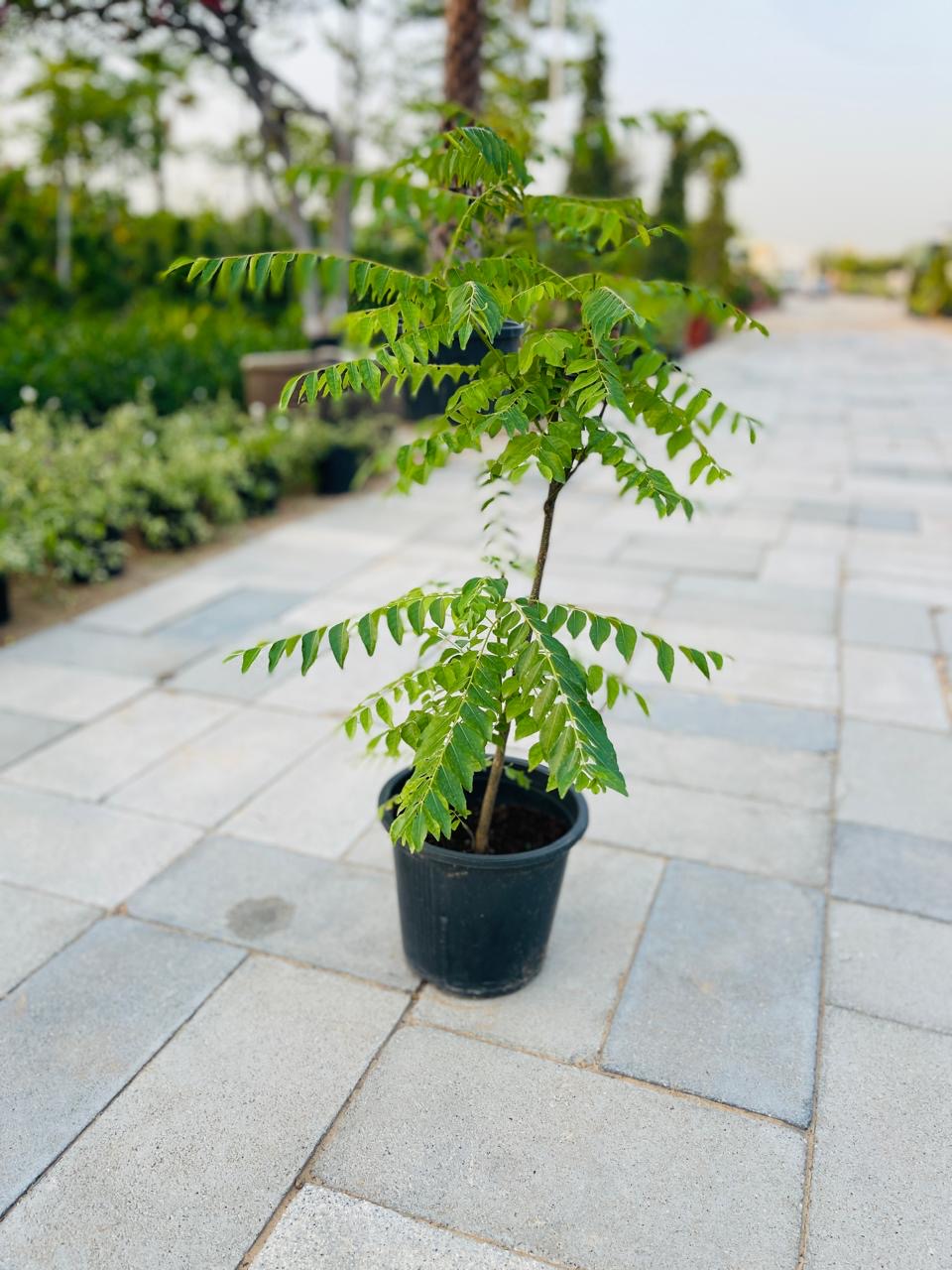
We will send you a notification as soon as this product is available again.
-
Estimated delivery: Nov 03 - Nov 07
-
Free return within 7 days of purchase.
Plant Description
The Curry Leaves Plant is a tropical to subtropical tree known for its aromatic leaves. The global market for herbal plants, including the Curry Leaves Plant, is projected to reach approximately USD 15 billion by 2030.
5 Awesome Benefits of Curry Leaves you must know
1. Rich in Nutrients
Curry leaves are rich in essential nutrients, including vitamins A, B, C, and calcium. Studies have shown that their nutrient density contributes to various health benefits, including improved immunity and overall health (Kumar et al., 2021).
2. Antioxidant Properties
Research indicates that curry leaves possess strong antioxidant properties, which help combat oxidative stress in the body. This action supports cellular health and may reduce the risk of chronic diseases (Sahu et al., 2020).
3. Supports Digestive Health
Curry leaves are known to aid digestion by promoting the secretion of digestive enzymes. Studies suggest that their consumption can alleviate issues such as indigestion and bloating (Reddy et al., 2019).
4. Hair Health Benefits
Curry leaves are often used in hair care for their potential to strengthen hair and promote growth. Research has shown that their application can reduce hair fall and improve scalp health (Sharma et al., 2020).
5. Anti-inflammatory Effects
The leaves exhibit anti-inflammatory properties, which can help alleviate symptoms of inflammatory conditions. Studies have demonstrated that their extracts may reduce inflammation in various tissues (Ghosh et al., 2018).
Disadvantages
- Some individuals may experience allergic reactions to curry leaves, necessitating caution when introducing them into the diet.
- Curry leaves may not be readily available in all regions, which could limit access for some consumers.
- Fresh curry leaves have a short shelf life and may require proper storage to maintain their flavor and nutritional value.
- Using fresh curry leaves in cooking may involve additional preparation time compared to dried herbs.
- Curry leaves may interact with certain medications, so consulting a healthcare provider is recommended for individuals on medication.
Frequently Asked Questions
1. Are curry leaves nutritious?
Yes, they are rich in vitamins and minerals, contributing to overall health.
2. Do curry leaves have antioxidant properties?
Yes, research shows they possess strong antioxidant abilities that combat oxidative stress.
3. Can curry leaves help with digestion?
Yes, they promote the secretion of digestive enzymes, aiding digestion and reducing discomfort.
4. Are curry leaves good for hair health?
Yes, they can strengthen hair and reduce hair fall when applied or consumed.
5. Do curry leaves have anti-inflammatory effects?
Yes, studies indicate that they exhibit anti-inflammatory properties that may alleviate symptoms of inflammation.
Final Verdict: Should I Buy Curry Leaves Plant?
Yes, because it’s rich nutritional profile, health benefits, and culinary uses make it a worthwhile investment for those interested in natural ingredients.
Plant Care
Watering
Water your plant once a week or when the soil starts to feel slightly dry on the surface. Keep the soil consistently moist, but be careful not to overwater, as this can cause brown spots and leaf drop. If the leaves become curly or dry, it's a sign that the plant needs water. It's best to water your plant in the early morning or late evening when the temperatures are cooler. Always check the soil before watering.
Light
Provide bright indoor light or indirect sunlight for about 6 to 8 hours a day.
Temperature
Maintain temperatures between 18°C and 24°C. Avoid exposing the plant to drafts, as these can cause undesirable temperature fluctuations. Mist the plant occasionally, about twice a week, to help maintain optimal humidity levels.
Fertilizer
Apply liquid fertiliser every 15 days when the plant is actively growing. For best results, use Folikraft ready-to-use Indoor Plant Food.


